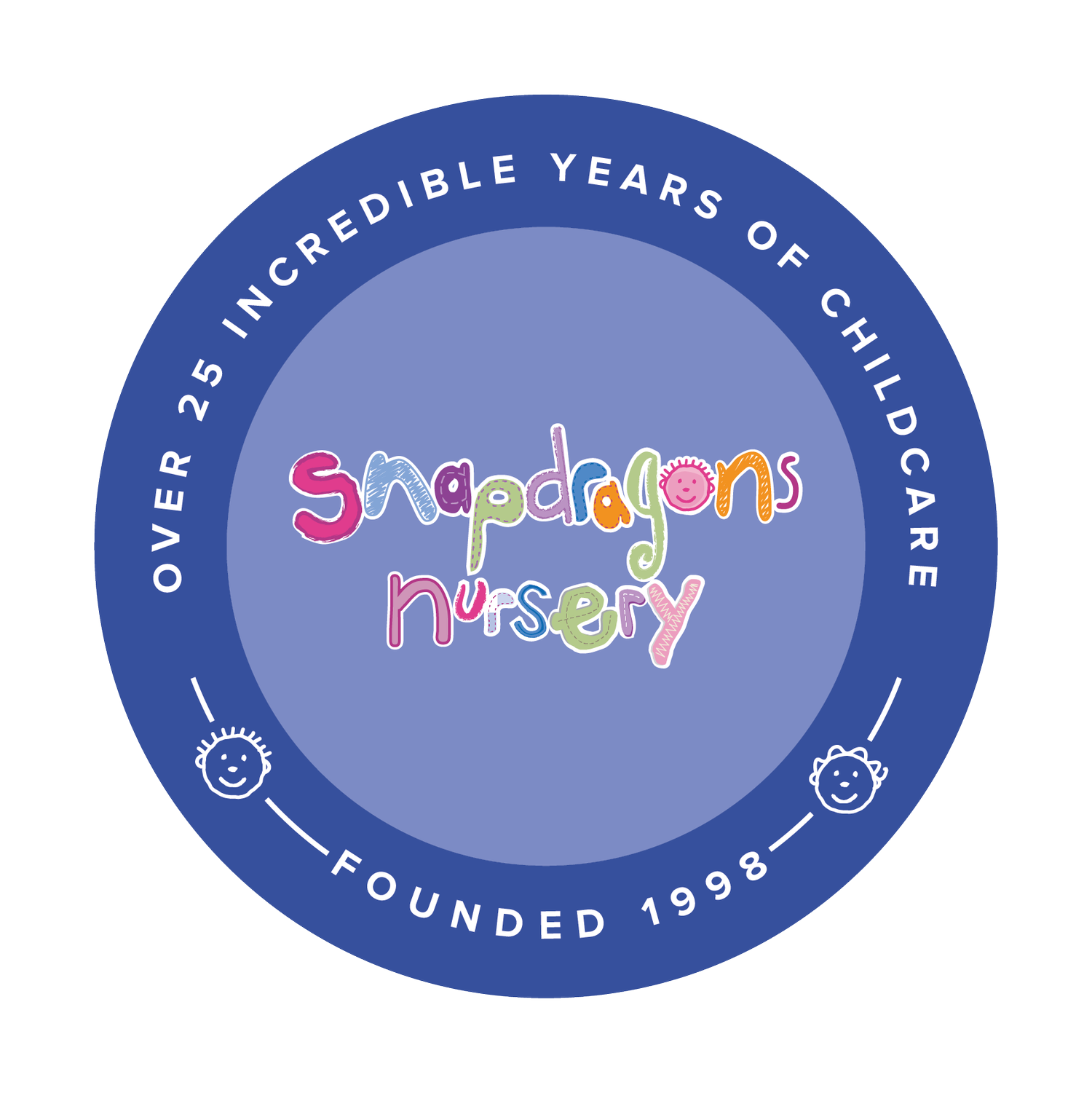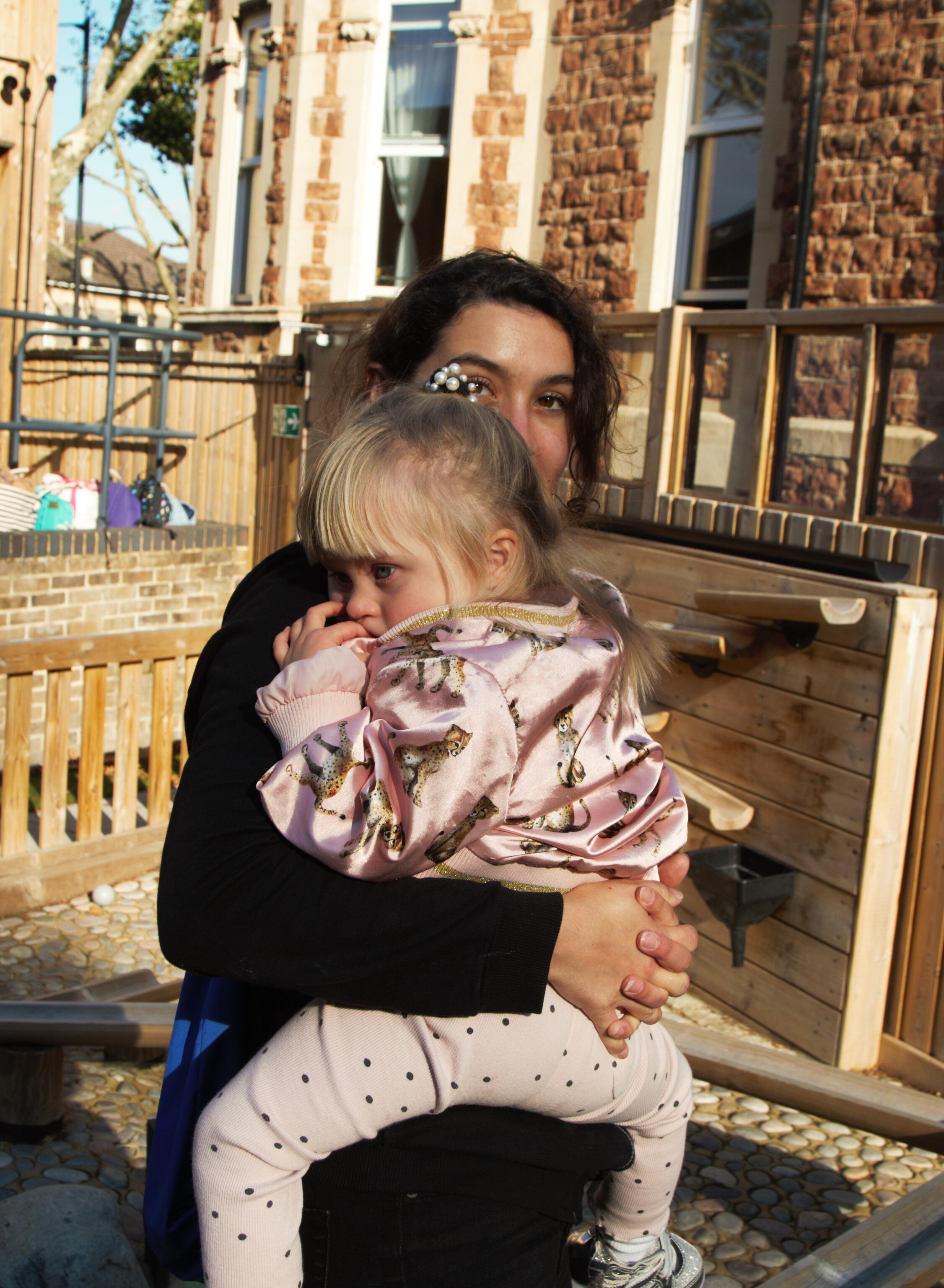How to keep calm and carry on
Keeping calm in a pandemic
2020 … quite a year so far. If there was ever a year to which the phrase “keep calm and carry on” applied, 2020 is up there. Lots has changed about the world we thought we knew and people’s lives have been disrupted, causing distress, sowing confusion and doubt. As adults we may have learnt how to keep calm and carry on by developing our own coping strategies. This could be anything from sharing our thoughts and feelings with a friend, getting outside for some fresh air and exercise, or maybe distracting ourselves with an activity we enjoy.
“But what about our children?”
But what about our children? Do they know what to do when they feel overwhelmed? Well, yes, in a sense: having a tantrum is often the result when it all gets too much for them. We as adults are sometimes prone to having a bit of a meltdown too, of course, but hopefully we have learned to have the self-control not to let it completely derail us in the middle of the supermarket!
“a child doesn’t have the skills to cope with big emotions”
A tantrum is a sign that a child doesn’t have the skills to cope with big emotions. They simply don’t know what to do when those feelings totally take charge. This is all in their head. Literally. If we think of the brain as having two main parts, the lower brain drives our emotions and the upper brain is where we do our thinking.
When children are stressed, emotions take over the upper thinking brain and they are more likely to lose the ability to control themselves and the result can be a complete meltdown! As very young children’s brains are the least developed, they are not able to use the thinking part of their brain to decide how they can deal with their feelings. What they need is support from us as adults. We need to help them gradually learn to be aware of their emotions and be able to make their own choice to do something that helps them cope. In time they can begin to respond with greater control when faced with all those feelings.
The ability to do this is known as self-regulation. For self-regulation to develop, children need a loving, supportive adult to provide what is known as “co-regulation”. Co-regulation is simply being there for the child. Making sure our calm presence, words and actions make them feel cared about, safe, secure and loved.
Calm presence and actions in a Sunshine Circle session
When children feel secure and relaxed, they are more able to use and develop their thinking brain which is the part they need to gain self-awareness and self-control. They can then learn to manage their feelings and behaviour.
“Over time we can provide children with a toolkit of coping strategies”
Young children need us to help them learn about their emotions and how they can deal with them. We need to name the emotion as they are experiencing it, show them we understand, then guide them towards an action they might take to help deal with that feeling. Over time we can provide children with a toolkit of coping strategies of their own to use, as we do as adults.
You could try these with your child: having a calming, cosy space that they can choose to retreat to; going outside to let off steam physically by running around; a sensory activity like play dough or colouring; or simply breathing or counting slowly to calm and soothe frayed emotions. A cuddle often works wonders too.
Supporting self-regulation skills will lead to children developing the ability to deal with stress more effectively in later life. In today’s world that will no doubt contribute greatly to their overall health and happiness.
Feeling secure and loved with a special cuddle
If you want some tools to help you and your children work through co- and self-regulation you might find this website useful keepyourcooltoolbox.com/#toolbox



